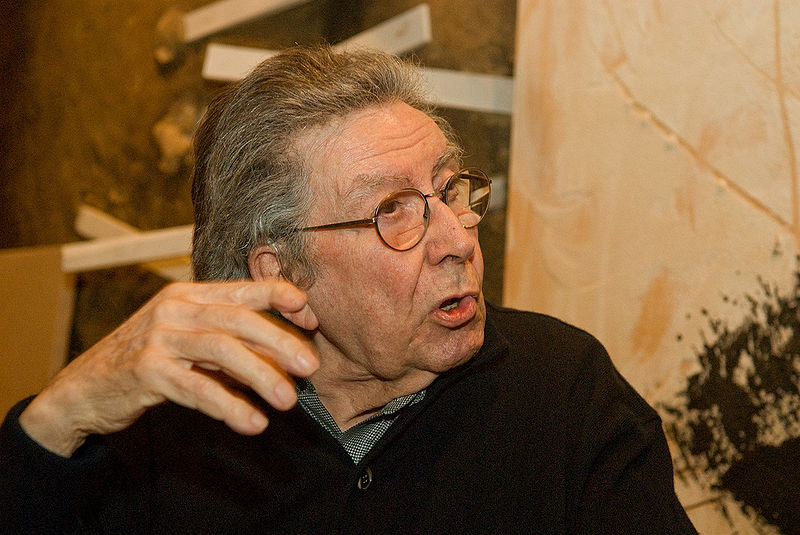Michael East heads west to be amazed by a secret cache of Iberian masterpieces tucked inside a National Trust manor house.

“These are our finest artists,” the Spanish visitor remarked. “Why aren’t they in a Madrid gallery?” The tourist was peering, seemingly incredulous, at paintings with their own exhibit space in Dudmaston Hall, perched high above the Severn.
The property’s owner, Sir George Labouchère, collected them when he was the British ambassador to Spain and brought them back to Britain. The story goes something like this:
Sir George was stationed in Madrid shortly after the civil war. Franco held him in high regard. I doubt the Spanish hard man would have been so kind if he had known the motives for taking the pieces.The diplomat knew that Spanish artists were censored for propagating anti-fascist messages, which resulted in more and more clandestine ways of hitting back at the regime. He knew the works needed a safe home.
So when Labouchere returned from his diplomatic tour in 1966, upon arrival at Waterloo, he simply stuffed them into three taxis and wisked them away to his English mansion, Dudmaston Hall, north of Kidderminster. With a penchant for modern art anyway, Sir George created several galleries at Dudmaston, including a specialist Spanish gallery to house his newly acquired works.
Today, upon walking into the Spanish gallery at Dudmaston, now owned by the National Trust, I was struck by pale, murky colours and distressed shapes. None of these works will be going on my bedroom wall when I win the lottery. But there is method to the melancholy.

Antoni Tapies
Antoni Tàpies’s Ropa Blanca Encolada (1960) is a picture frame covered with a white cloth, highlighting the fact that artists could not produce what they wanted to. Tàpies (above), born in Catalonia, was one of the most famous European artists of his generation. The Catalans opposed Franco during the civil war and, if any subsequent revolution were to take place, Catalonia would be the place. This is where much artistic aggression came from.
Another painting, Lucio Munoz’s Spanish Town, is similar to Picasso’s Guernica. It’s a view from above of the aftermath of Franco bombing his own people in the small towns and villages of Catalonia. There’s dark burnt wood, craters, burning and balls of fire.
El Cine by Antonio Saura gives an insight into Spanish cinema during the Franco regime. People had to get to the cinema an hour before films started. The doors were locked and nobody was allowed in or out, at which point an hour of propaganda films were played. The picture shows religious leaders, governmental figures and politicians on screen with a full audience watching them. The question is: Are we watching them… or are they watching us?
Dudmaston’s expansive grounds include an orchard, a great place for lunch, a scenic circular walk around the lake. And, of course, these important works from a Spain once held tight by fascism’s ugly grip.


